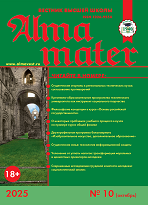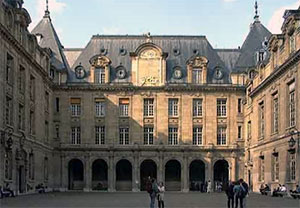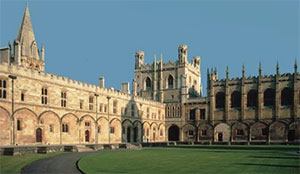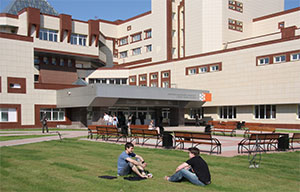https://doi.org/10.20339/AM.01-17.094
L.I. Shumskaya is Dr.Sci. (Psychology), prof., head of educational scientific Centre for development of youth business activity at Belorussian State University
e-mail: Shumskaya@bsu.by
Examined is the problem of essence of business education of school persons and students in the process of training in various educational institutions at various levels. The author discusses the problem of ensuring correspondence between training of specialists and requirements of modern labor market. Presented is detailed analysis of concrete experience of educational institutions of Republic of Belorussia as to formation and development in institutions of general secondary and higher education of elements of business training of school persons and students. In development of examining theme proposed is the author’s “Model status on educational business company of institution of general secondary and institution of additional education for children and youth of Republic of Belorussia”, that might be typical methodological guidance for successful development of the named direction of educational training at educational institutions of general secondary, higher and additional education of the youth.
Key words: modern labor market, diversification of education, business education, economical breeding, educational business company.
References
- Codification of the Republic of Belorussia on education. Minsk, 2012.
- On adoption of the concept of continued breeding of children and student youth. Collection of normative documents of the Ministry of education of the Republic of Belorussia, 2015, no. 19, pp. 3–41.
- Shumskaya, L.I. Future is for entrepreneurial youth: project of typical regulation on training business company. People’s gazette, 2016, no. 3, pp. 12–16.











.png)






